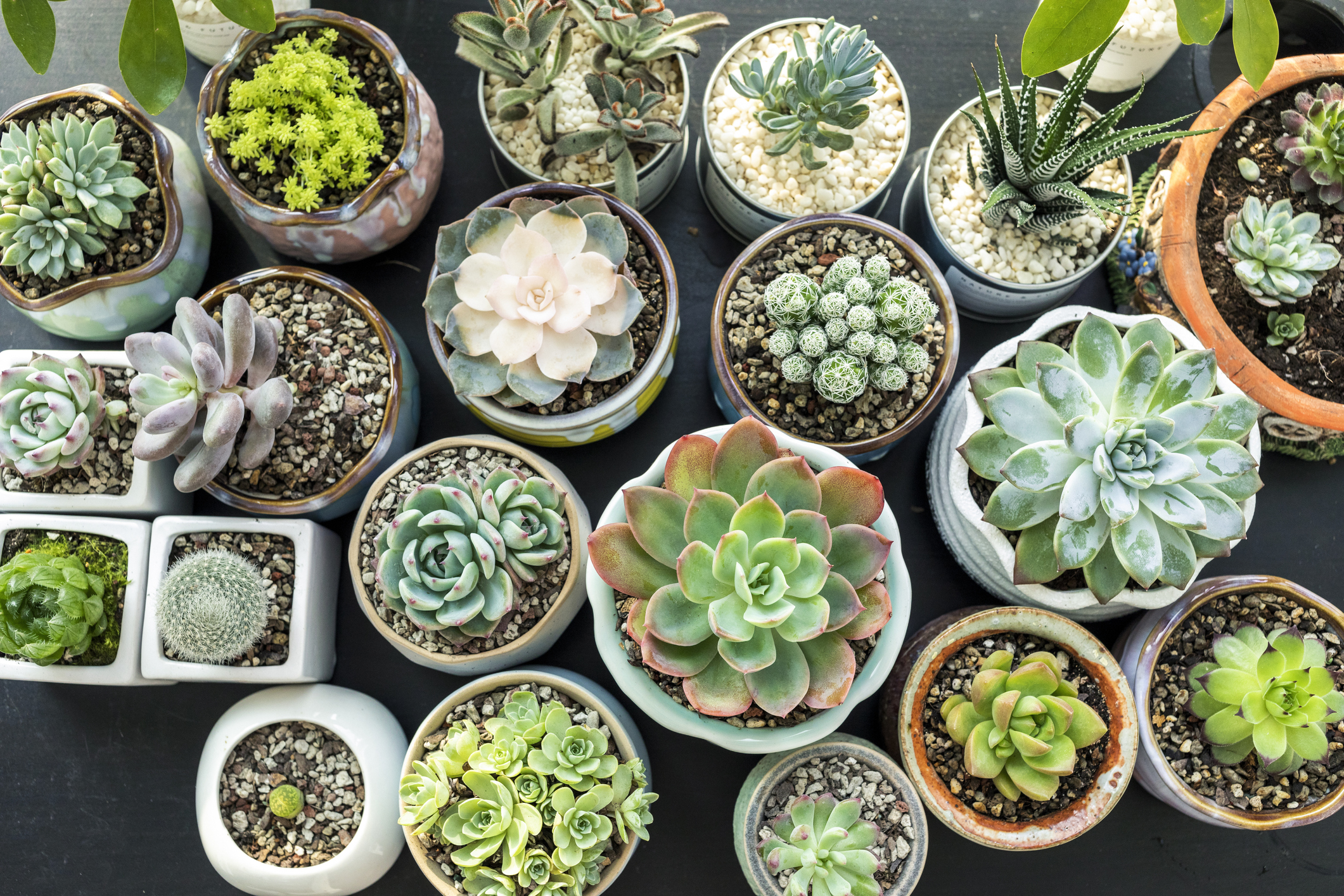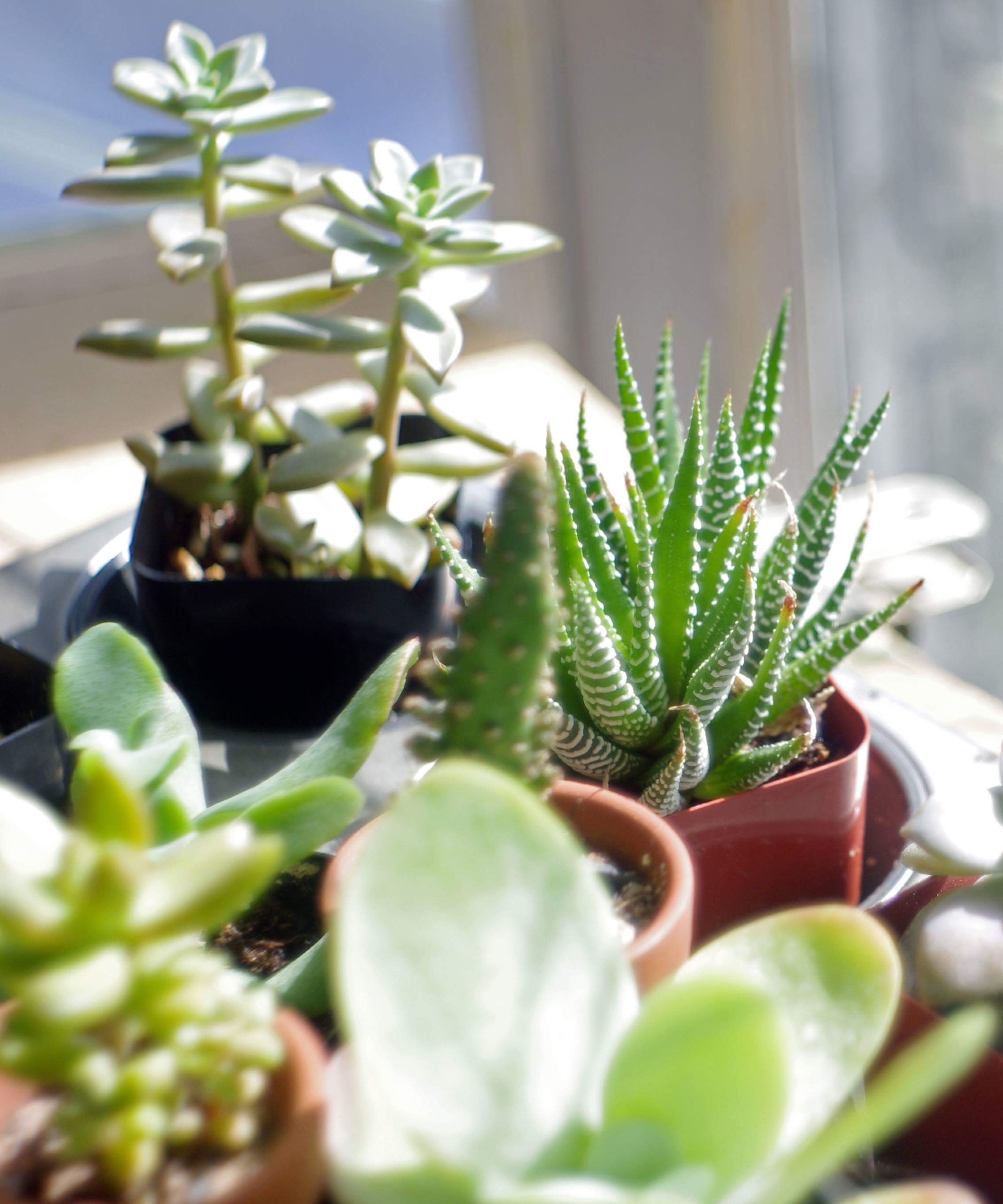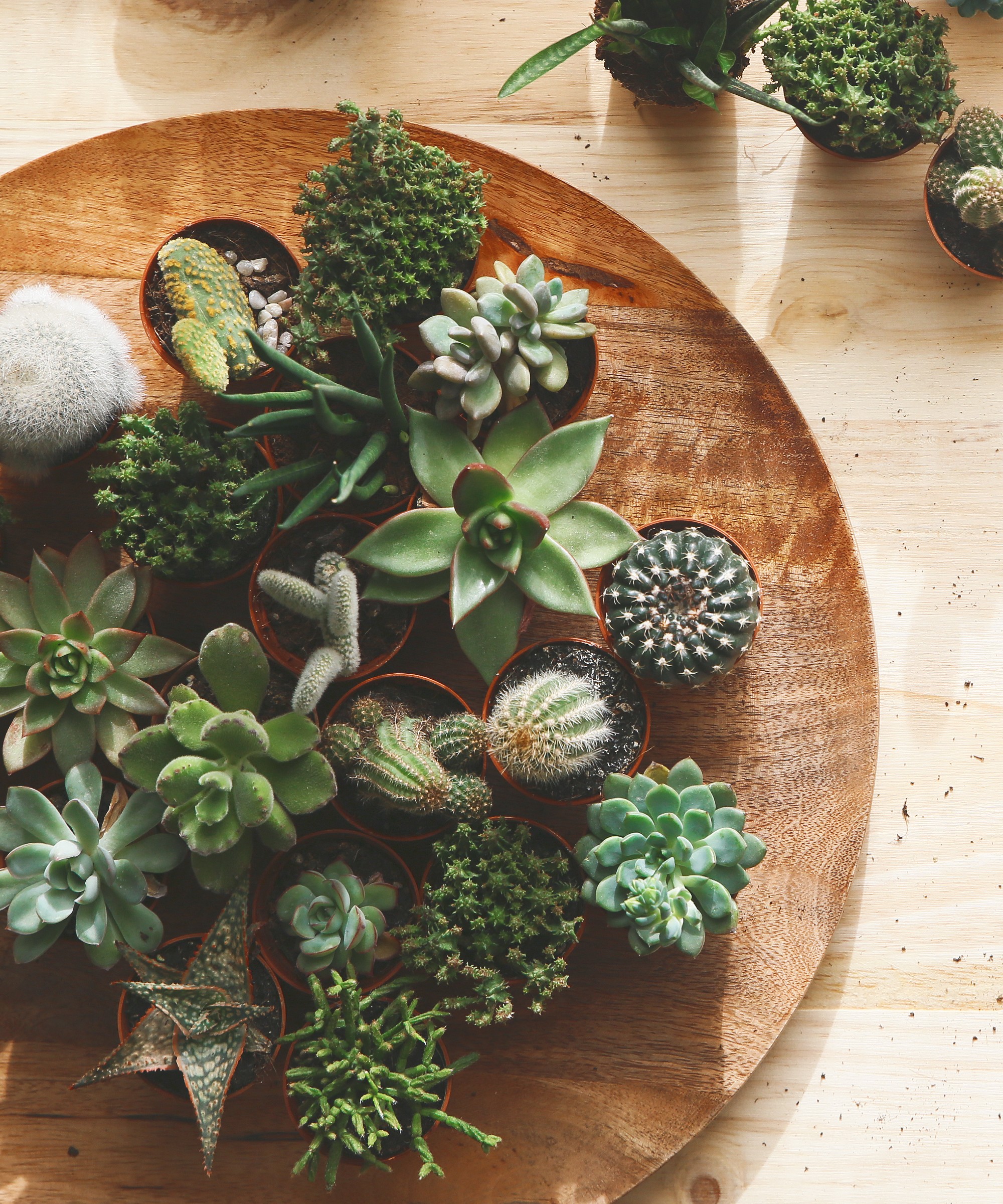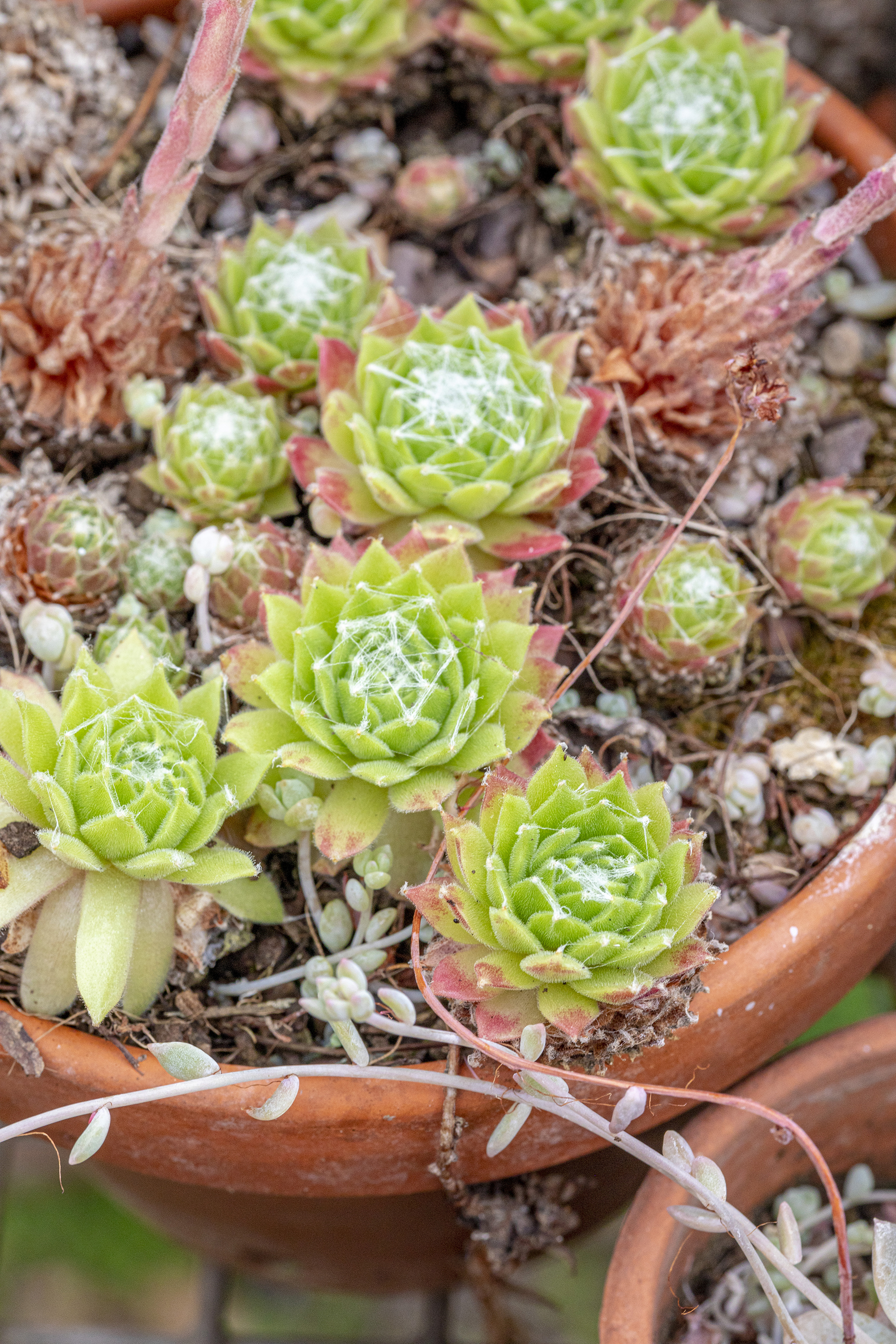How to propagate succulents – a simple method for forgiving, beautiful plants
Looking to maintain the special characteristics of your favorite greenery? Here's how experts create strong new houseplants


Wondering how to propagate succulents? This process allows you to replicate the individuality of your favorite plants – to create resilient new greenery that will thrive in various conditions.
If you've read up on how to take plant cuttings, you may already know about the many benefits of propagating. Rosemary, philodendrons, and roses are among the most popular plants to propagate (learning how to take rose cuttings is also simple). However, arguably the easiest plants to cut (and care for) are succulents.
Succulents are admired for their versatility in staying healthy in a range of climates and conditions – making them the best low-maintenance indoor plants you can choose. Plus, with their durability aside, they have air purifying qualities – and consistently look good around the home. So, it is unsurprising that you may want to enjoy their beauty for longer.
How to propagate succulents – 3 steps to beautiful new greenery
Succulents are some of the easiest houseplants to grow from cuttings! You can propagate succulents using one of two methods – through their leaves (leaf propagation) or stems (stem propagation). While both work successfully, experts argue that leaf propagation is easier – and it may leave you with more plants than the latter method.
Here is how to propagate succulents using leaves.

1. Prepare the chosen leaves for propagation
Begin by removing several leaves from your original by hand. Vladan Nikolic, founder of Mr. Houseplant, recommends removing them as close to the stem as possible.
Next, you should place your leaves in a flat dish filled with soil horizontally. According to Vladan, your dish should be no more than 1in or 2in height. Then push the part of the leaf that was attached to the stem into the soil.
2. Consider dish placement
If you already know how to care for succulents, you will know that these plants are easy to maintain. However, you may need to show your succulents some extra thought and care when propagating.
Vladan urges you to give your cuttings as much direct sun as you can. If this is not always an option, he suggests investing in a grow light [such as this one from Amazon].
As an optional step, he recommends placing a heat mat under the soil to keep it warm. 'Increasing the soil temperature by several degrees will increase the propagation speed,' he says.
3. Monitor watering levels
Knowing exactly when to water plants is vital to keep your greenery alive. However, during the propagation process, your watering routine may change.
The expert says there is 'no need' to water your leaves at first, as they should have enough water stored to grow roots and (possibly) a new shoot.
'Once the leaves grow an inch or two of roots, you can start watering,' he says. 'Then once a small new plant is developed, and the root system has increased in size, you can repot into a normal pot. You don't need to plant too deeply, as many succulents have small root systems.

Is it better to propagate succulents in water or soil?
Depending on the expert you consult, you may receive conflicting advice on which method is best. The instructions above use soil, but Vladan admits that both can work well. He, therefore, suggests trying both to see which one is best for you. 'If you don’t have success with soil propagation, try water, and vice versa.'
Deborah Looi from Gardening Collective mirrors these suggestions but confesses that soil is her preferred method.
'In general, plants typically grow better in soil than in water. This is because soil provides plants with essential nutrients and minerals that they need to grow, whereas water does not,' she says. 'Additionally, soil helps to anchor plants in place, which is important for preventing them from being uprooted by wind or water.

How long do succulent cuttings take to root?
If you're working with optimum conditions, you can expect to see roots in 2-3 weeks. However, the experts suggest that, in some cases, it can take several months. To accelerate growth, Vladan recommends providing your cuttings with as much light as possible, as this will speed up photosynthesis and root production.
Sign up to the Homes & Gardens newsletter
Design expertise in your inbox – from inspiring decorating ideas and beautiful celebrity homes to practical gardening advice and shopping round-ups.

Megan is the Head of Celebrity Style News at Homes & Gardens, where she leads the celebrity/ news team. She has a history in interior design, travel, and news journalism, having lived and worked in New York, Paris, and, currently, London. Megan has bylines in Livingetc, The Telegraph, and IRK Magazine, and has interviewed the likes of Drew Barrymore, Ayesha Curry, Michelle Keegan, and Tan France, among others. She lives in a London apartment with her antique typewriter and an eclectic espresso cup collection, and dreams of a Kelly Wearstler-designed home.
-
 Orange and green is the bold color pairing quietly transforming homes in 2025 – here's 4 reasons why
Orange and green is the bold color pairing quietly transforming homes in 2025 – here's 4 reasons whyInterior designers are making the orange and green combination work wonders – this is how you can too
By Sophia Pouget de St Victor Published
-
 This Michelle-Pfeiffer-approved chair is made of a forebodingly unusual material, opening the debate: Is it a rustic stunner, or a danger to sitters?
This Michelle-Pfeiffer-approved chair is made of a forebodingly unusual material, opening the debate: Is it a rustic stunner, or a danger to sitters?The actress took to Instagram with a chair made of a controversially sharp material – and fans are unsure of how they feel about it
By Sophie Edwards Published